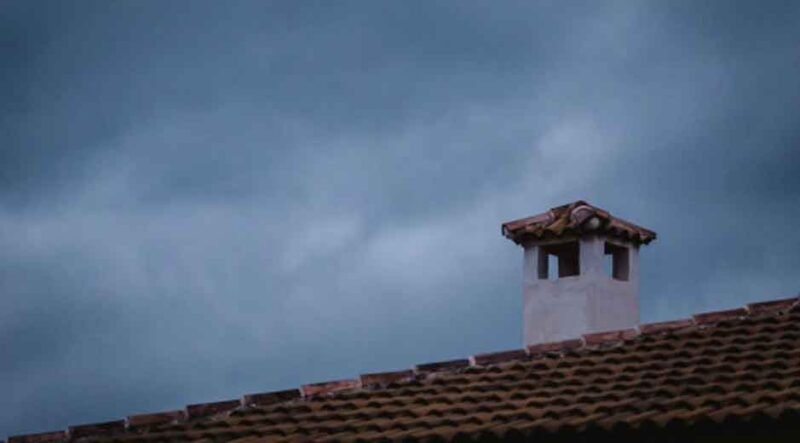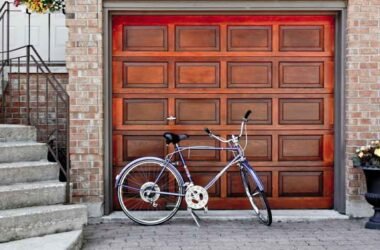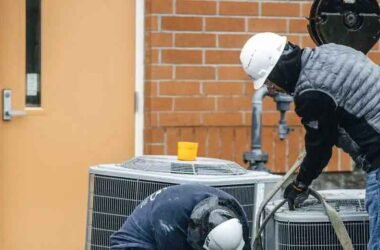Here’s the truth: safe homes don’t wait for the first freeze to figure things out. They’re already ahead of it. They’ve been quietly making checklists while the rest of the neighborhood debated Halloween decorations.
In places like Eden Prairie, MN, where early-season cold can sneak in fast and hard, that kind of preparation isn’t just smart—it’s essential. Wind chills here aren’t just weather trivia. They’re the difference between cozy evenings and burst pipes. And in a climate that throws snow, sleet, and subzero temps all in the same week, being proactive with home maintenance is what separates “just fine” from “why is this happening to me?”
In this blog, we will share the key things safe homeowners tackle before the first cold snap arrives, from airflow to fire safety, and why being early beats being caught off guard every single time.
Your Heating System is Only as Smart as Your Last Tune-Up
Heating systems, like gym memberships, are often neglected until it’s too late. But ignoring your HVAC doesn’t just cost money—it affects your comfort fast. Start by replacing the filter to keep airflow smooth and temperatures consistent. Then run a full heating cycle. If you hear strange noises or the system struggles, get it checked before winter hits hard.
And if you’ve got a fireplace, that cozy asset comes with responsibility. Fireplaces bring warmth and ambiance, but they also bring real risk if neglected. Before using one this season, you need to be sure it’s clean and safe. That’s where a reliable company that specializes in chimney cleaning in Eden Prairie, MN, becomes a smart call. Creosote buildup, bird nests, or structural issues can block airflow and turn a quiet fire into a dangerous situation. A quick inspection and cleaning can prevent chimney fires, smoke damage, and other headaches you definitely don’t want mid-January.
Drafts, Leaks, and Other Invisible Threats
The biggest threats to home comfort during winter aren’t the dramatic ones. They’re the small gaps that let cold air in and heat out.
Doors and windows are the usual suspects. Use your hand to feel for drafts. If you find one, install weather stripping or seal it with foam tape. If your windows rattle in the wind, that’s a red flag too. Storm windows or thermal curtains can provide extra insulation and help lower heating costs.
But it doesn’t stop there. Check around outlets on exterior walls. Cold air slips in through those, especially in older homes. Outlet sealers are inexpensive and easy to install. They’re also the kind of upgrade you’ll forget about until the moment you don’t feel that cold air anymore.
And don’t ignore the attic. Heat rises, and an under-insulated attic is like leaving a window open upstairs. A quick look at your insulation depth (most homes should have 10–14 inches of fiberglass or cellulose) can reveal whether you’re losing heat faster than your system can replace it.
Gutters, Hoses, and Things You Never Think About
When was the last time you looked at your gutters? Probably never. But they play a major role in winter safety. Blocked gutters lead to ice dams. Ice dams lead to roof leaks. Roof leaks lead to everything you didn’t budget for. Clean them out before freezing rain shows up.
Disconnect garden hoses. Drain them completely and store them indoors. A hose left outside can freeze, crack, and cause backflow into your plumbing. Worse, it can burst a pipe inside the wall if water’s trapped.
Check the grading around your home. Water should flow away from the foundation. If it doesn’t, snowmelt can seep in and freeze—cracking concrete and compromising structural integrity. A shovel, a few bags of dirt, and 20 minutes of effort can redirect runoff before it becomes a problem.
Safety Systems You Shouldn’t Skip
Smoke detectors aren’t seasonal, but winter is when we push them hardest. Homes are sealed up tight. Heaters and fireplaces are running longer. The risk of fire increases.
Test every smoke detector and carbon monoxide alarm. Replace batteries now, even if they’re still working. Don’t wait for the 3 a.m. chirp to remind you.
While you’re at it, look at your fire extinguisher. If you can’t remember where it is—or worse, how long it’s been there—replace it. Every safe home has at least one in the kitchen and one near any fireplace or furnace.
Also worth checking? Your dryer vent. Lint buildup is a fire hazard, and during the winter months, dryers work overtime. Pull the vent hose off and vacuum it. Make sure the flap outside opens properly. That simple act could prevent a very real emergency.
Backup Plans Aren’t Just for Power Outages
Cold snaps don’t just test your heating. They test your power. Strong winds, heavy snow, and overloaded grids are common in winter. Safe homes have backup plans.
A small generator, even a battery-powered one, can keep essentials running. Space heaters with automatic shutoffs can provide emergency warmth if your main system fails.
Blankets, flashlights, and a basic emergency kit—batteries, non-perishables, bottled water—should be stored where you can reach them. Don’t wait until the power’s out to wonder where the flashlight ended up.
If your heating system relies on fuel delivery, check your levels early. During extreme weather, deliveries can be delayed. Topping off your propane or oil tank before the rush is just good planning.
When Safe Homes Feel Effortless
Here’s the thing: a safe home in winter doesn’t feel like it’s working harder. It just works. No mystery cold spots. No unexplained noises. No surprise breakdowns on a holiday weekend.
But that comfort comes from action. From checking systems when the leaves fall, not the snow. From cleaning the parts of the house we never see. From asking, “What if?” before we’re forced to.
That’s not fear-based thinking. It’s practical. It’s the quiet confidence of knowing your house is ready to face whatever the forecast throws at it.
Because when the cold arrives—and it always does—you won’t be scrambling. You’ll be prepared. And in a winter that’s full of uncertainty, that kind of peace of mind is worth every bit of early effort.









